The SISCO melting point instrument is certified with RoHS environmental protection and CE industry standards, offering capillary and hot-stage measurement methods, making it your ideal assistant for melting point determinations.
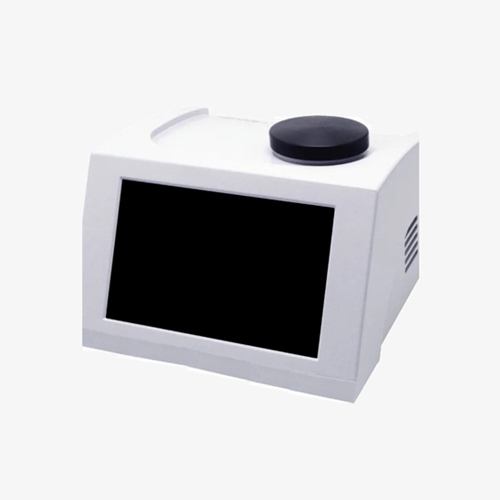
Automation and Ease of Use
- Built-in Android operating system, making operation simple and convenient, with clear and intuitive measurements; can connect to a Wi-Fi printer.
- Equipped with a high-resolution digital camera, it automatically detects the melting point through image processing and analysis, featuring video recording and playback capabilities.
- The digital mp apparatus offers both automatic measurement and manual visual measurement functions, allowing for clear observation of the continuous changes in the sample. The accuracy of automatic testing and visual measurement can be cross-verified.
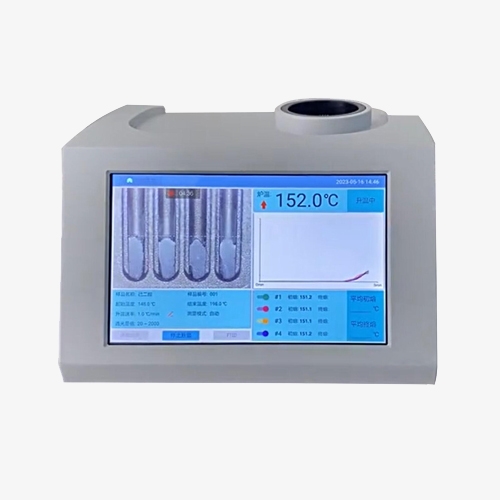
Precision and Special Sample Measurement
- The temperature control system uses a high-linearity platinum resistance as the detection element, enhancing the precision and reliability of the melting point.
- The melting point instrument employs advanced computer vision image analysis technology, capable of measuring special samples that turn dark or opaque after melting, as well as those that decompose during heating. It can also measure the cloud point of surfactants and the clearing point of liquid crystal materials.
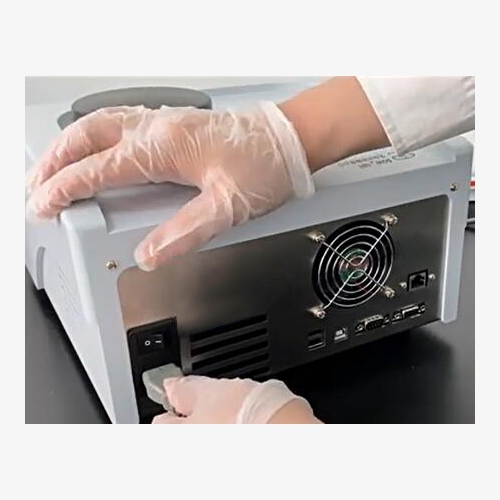
Data Management and Multifunctionality
- Supports multi-point calibration, with the ability to save, export, and upload test data. Automatically generates test reports that can be exported in Excel and PDF formats.
- Compliant with the requirements of Pharmacopeia, GMP, GLP, and FDA/21 CFR Part 11, the instrument includes features such as user hierarchy management, electronic signatures, password management, network transmission, and data traceability.
Applications
SISCO automatic melting point machine uses capillaries, as specified by pharmacopeia, as sample tubes and liquid heat transfer methods. It is widely applicable in industries such as pharmaceuticals, chemical reagents, fragrances, and dyes, for both production and research purposes. This instrument is ideal for measuring the melting point of organic crystalline substances, ensuring high accuracy and reliability in various scientific and industrial applications.
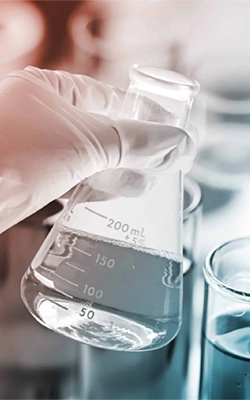
Chemical Reagents

Fragrances

Dyes
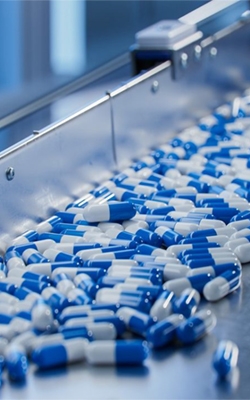
Pharmaceuticals
| Model | SISCO-MPA-650A | SISCO-MPA-630A |
| Measuring Range | Room temperature ~ 400℃ | |
| Measurement Mode | Automatic (machine vision image analysis), visual | |
| Pre-Stored Measurement Methods | 600 types | 400 types |
| Password Hierarchical Management | Multi-level | |
| Number of Users | 300 | 200 |
| Electronic Signature | √ | |
| Audit Trail | Optional (FDA software) | |
| Minimum Indication | 0.01℃ | |
| Heating Rate | 0.1℃/min ~20℃/min any continuous selectable | |
| Indication Error | Temperature≤200℃: ±0.3℃; Temperature>200℃: ±0.5℃ | |
| Indication Repeatability | When the heating rate is 1.0℃/min, 0.3℃ | |
| Linear Heating Rate Error | ±5% | |
| Processing Power | 5 | 3 |
| Capillary Size | Outer diameter φ1.4mm; Inner diameter φ1.0mm; Length: 90mm | |
| Sample Height | 3mm | |
| Operating System | Android system (can be connected to LIMS system) | |
| Printer | Optional WIFI printer, micro printer (thermal, dot matrix) | |
| Language | Chinese/English | |
| Calibration Method | Multi-point calibration | |
| Data Storage | 128 G | |
| Display Mode | 10.1-inch IPS capacitive touch screen, 720P HD camera | |
| Communication Interface | 1хRS232, 3хUSB, 1хRJ45, WIFI | |
| Power Supply | 100V~240VAC, 50Hz/60Hz, 150W | |
| Size | 320mm×295mm×190mm | |
| Weight | 3.7 kg | |
Packing List
- 1 x Melting point apparatus
- 1 x Power cord
- 1 x Fuse wire
- 1 x Capillary
- 1 x Screwdriver
- 1 x Certificate of qualification
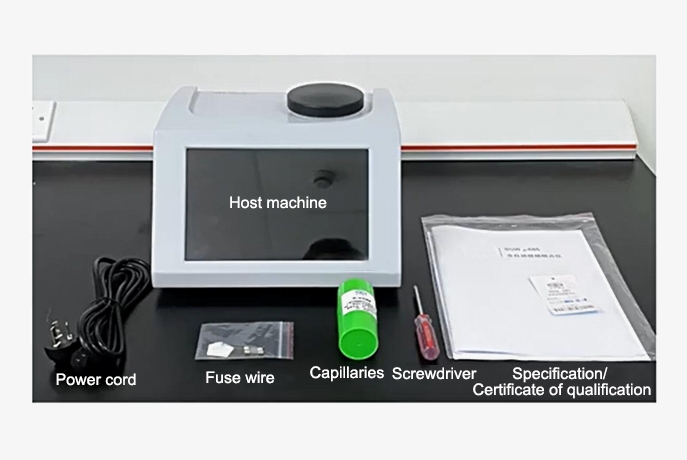
Q1: What materials can be tested with a automatic melting point apparatus?
A1: A melting point apparatus can test a wide range of materials, particularly organic and inorganic crystalline substances. Common materials include pharmaceutical compounds, chemicals, polymers, fats, and waxes. It is frequently used to assess the purity and identify substances like drugs, chemical reagents, dyes, and flavorings. Additionally, the apparatus is valuable for studying materials that have defined crystalline structures and exhibit phase transitions, making it useful in both research and industrial applications for quality control and material characterization.
Q2: How does impurity affect the melting point?
A2: Impurities in a substance typically lower its melting point and broaden the melting point range. This happens because impurities disrupt the orderly crystal lattice of a pure substance, weakening the bonds between molecules and causing the substance to melt at a lower temperature. As a result, the transition from solid to liquid occurs over a wider temperature range, rather than at a sharp, specific point. In laboratory analysis, this effect is used to assess the purity of a substance: the purer the substance, the sharper and higher its melting point will be.
Q3: What are the typical sources of error in melting point determination?
A3: Typical sources of error in melting point determination include improper calibration of the melting point apparatus, inaccurate sample preparation, and heating the sample too quickly. A poorly calibrated thermometer can result in incorrect temperature readings, while impurities or uneven packing in the sample can cause inaccurate melting point results. Additionally, if the heating rate is too rapid, the sample may not uniformly reach the melting point, leading to a falsely elevated or broad melting point range. Environmental factors, such as air drafts or inconsistent heating, can also contribute to errors in the measurement.
Tips: How does a melting point instrument work?
A melting point apparatus works by heating a small sample of a solid substance, typically placed in a thin capillary tube, while simultaneously measuring the temperature. As the temperature increases, the apparatus closely monitors the sample to detect the precise moment when the solid begins to liquefy and the point at which it completely melts. Advanced models use digital sensors and video recording to capture this transition, ensuring accurate readings. The melting point is recorded as the temperature at which the phase change from solid to liquid occurs, providing important data for identifying and assessing the purity of the substance.
Thank you for buying industrial test and measurement equipment on SISCO.com, all products sold by SISCO and the partner cover a 12 months warranty, effective from the date of receiving the products.
What is covered?
SISCO is responsible for providing free spare parts, and free technical support to assist the customer to repair the defective products until the problem is solved.
What is not covered?
- Product purchased from anyone other than a SISCO store or a SISCO authorized reseller.
- Expendable parts.
- Routine cleaning or normal cosmetic and mechanical wear.
- Damage from misuse, abuse or neglect.
- Damage from use of parts other than SISCO approved.
- Damage from use outside the product’s usage or storage parameters.
- Damage from use of parts not sold by SISCO.
- Damage from modification or incorporation into other products.
- Damage from repair or replacement of warranted parts by a service provider other than a SISCO authorized service provider.
- Damage caused by the application environment not meeting the product usage requirements and the failure to perform preventive maintenance.

